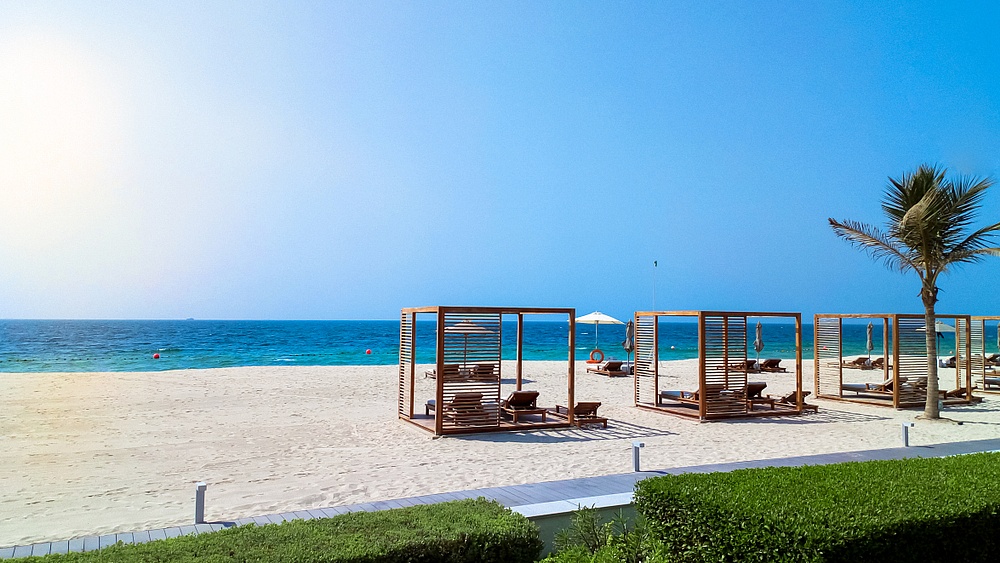
Ajman gets overlooked. Most people heading to the UAE book Dubai or Abu Dhabi and never think about this small emirate sitting right between them. If you want to know how its Living in Ajman: Here is Everything to Know
While everyone else fights for parking spots and restaurant tables in Dubai, Ajman runs at normal speed. Real prices, actual parking spaces, beaches where you can hear the waves instead of construction noise.
The emirate covers just 264 square kilometers - you can drive across it in 15 minutes. But size doesn't tell the whole story. Ajman has clean beaches, traditional markets that locals actually use, and restaurants serving food at prices people can afford. The Best Things to Do in Ajman happen naturally, not because someone created them for tourists.
1. Hit Ajman Corniche Early
This 4-kilometer waterfront walk works best before 9 AM. Coffee costs 5 dirhams instead of the 25 you'll pay in Dubai Marina. Fishing boats dock with overnight catches while families grab breakfast at outdoor restaurants.
Late morning brings more people, but never the crushing crowds Dubai waterfronts get. Plenty of benches, clean walkways, and restaurants with sea views. Parking stays free all day - something Dubai forgot how to do years ago.
The corniche connects to several hotels and shopping areas, making it easy to combine with other activities.
2. Find Birds at Al Zorah Nature Reserve
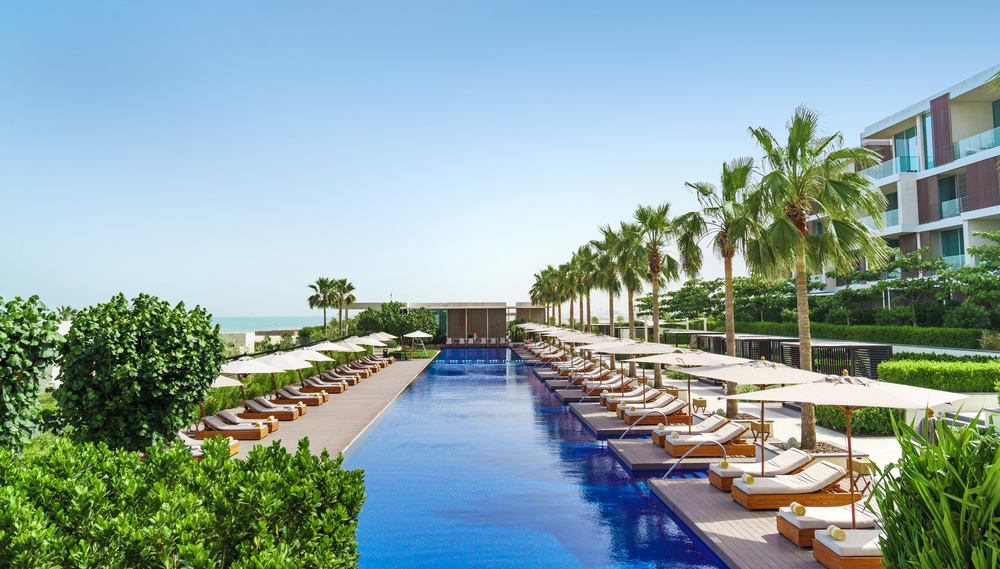
Pink flamingos migrate here each winter. Sounds weird for the UAE, but over 200 of them hang out in the mangrove areas between November and March.
Kayak tours run 80 dirhams for two hours. Guides know where different birds nest and which channels have the most wildlife. Morning tours beat the heat and catch birds when they're most active.
Walking trails work if you prefer staying dry. The reserve has viewing platforms at good bird-watching spots. Entry money goes toward protecting the mangroves and employing local guides.
3. Check Out History at the Museum
Ajman National Museum sits inside a fort built in the 1700s. The pearl diving section shows what life was like before oil - divers going 40 feet down, holding their breath for two minutes, hoping to find one valuable pearl.
Traditional fishing gear, old weapons, and boat-building tools fill other sections. Nothing flashy, just real equipment people used to survive here. The fort itself shows traditional building methods - thick walls, wind towers, defensive positions.
Costs 5 dirhams to enter. Takes about an hour to see everything without rushing.
4. Spread Out at Al Hamriya Beach
Free parking, free entry, clean sand. Al Hamriya Beach does what beaches should do without charging resort prices.
Water stays shallow way out from shore - good for kids, bad for serious swimmers. Weekdays often have more seagulls than people. Weekends bring local families, but nothing like the packed beaches closer to Dubai.
No facilities means bringing your own food and drinks. Also means no vendors bothering you every five minutes trying to sell overpriced snacks.
5. See Sheikh Zayed Mosque
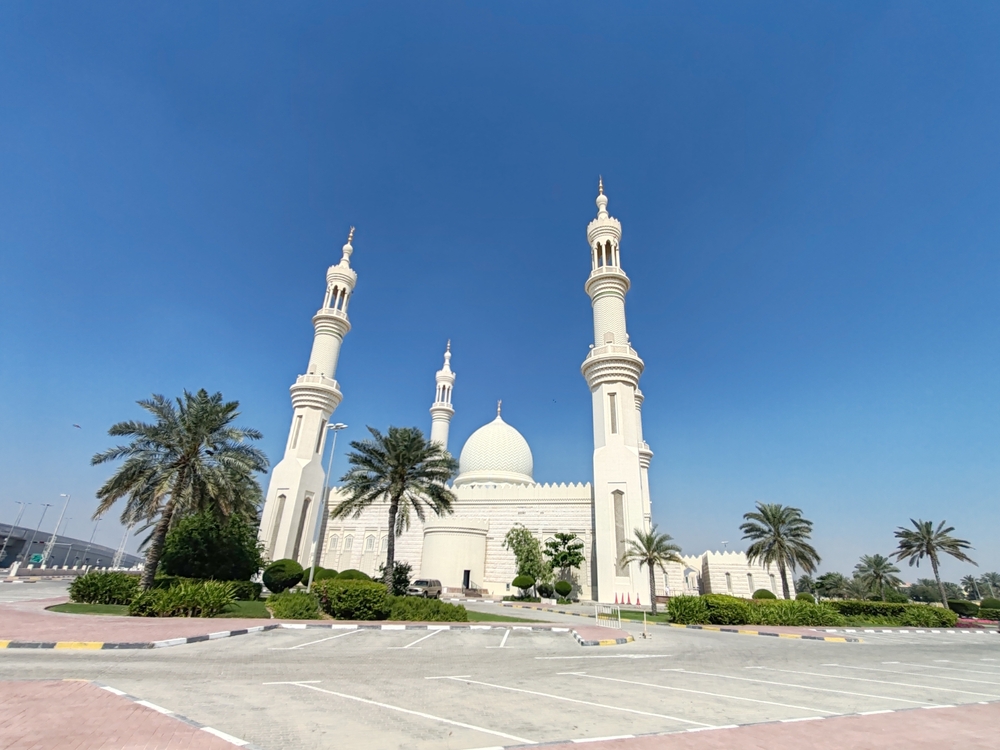
The geometric stone patterns on this mosque took craftsmen over two years to finish by hand. Night lighting makes the white marble look blue against dark sky.
Non-Muslims can visit outside prayer times. Staff answer questions about Islamic culture and building techniques if asked. The courtyard has fountains and quiet spots for sitting.
Best photo lighting happens around sunset. Dress codes apply - covered shoulders and legs, shoes off inside.
6. Golf Through Mangroves
Al Zorah Golf Club built their course around existing mangroves instead of bulldozing them. Flamingos walk around while you play. The 18th hole looks over the Gulf - decent way to finish a round.
Weekday green fees run about 300 dirhams. Weekend rates cost more but still beat Dubai course prices. The clubhouse serves food with views over fairways and water.
Non-golfers can eat lunch there just for the weird scenery - desert, mangroves, birds, and golf carts all mixed together.
7. Walk the Marina at Night
Ajman Marina gets busy around 7 PM when the heat drops and families come out. Luxury yachts park next to traditional fishing boats - old UAE meeting new UAE without trying too hard.
Water sports operators rent jet skis for 150 dirhams per half hour. Several restaurants have outdoor tables along the water. Prices stay reasonable because they serve locals, not just tourists.
Good spot for evening walks. The marina stays active until late but never gets chaotic.
8. Drive to Red Fort
Red Fort sits 75 kilometers away in Al Manama. Built in the 1920s as royal housing, it gets the name from red plaster on the walls.
The drive goes through desert most tourists never see. Actual empty space, not the developed areas between Dubai and Abu Dhabi. Local guides at the fort know stories about tribal conflicts and royal family history.
Plan half a day for the round trip. The fort and desert scenery make good photo subjects if that matters to you.
9. Watch Boat Building in Al Jurf
Traditional dhow construction still happens here using old methods. These craftsmen learned boat building from their fathers and grandfathers. Each boat takes months to finish using hand tools and traditional materials.
The workshop smells like fresh wood and boat tar. Most workers don't mind questions if you show genuine interest in their craft. They work slowly and carefully - no assembly line rush.
Seeing this traditional skill in action puts UAE maritime history into perspective.
10. Book Desert Safari

Desert tours from Ajman run smaller groups than Dubai operations. Guides actually teach about desert plants and Bedouin culture instead of just racing over dunes.
Evening tours include camel rides, traditional music, and dinner under stars. The entertainment feels real because performers live locally, not actors hired for tourist shows.
Groups usually stay under 20 people. More personal than the bus-load tours Dubai companies run.
11. Shop at City Centre Mall
Over 200 stores, reasonable crowd levels, free parking with available spaces. This Shopping Mall in Ajman has international brands and local shops without the tourist markup.
Food court serves Arabic, Asian, and Western options at normal prices. Cinema shows current movies with English subtitles. Air conditioning works well - good break from outdoor heat.
Hours run until 10 PM most days. Easy to combine shopping with other activities since everything in Ajman stays close together.
12. Browse Gold Souk
Traditional gold market with prices that don't assume you're a tourist with unlimited money. Shop owners take time explaining craftsmanship and traditional designs instead of pushing quick sales.
Gold quality matches Dubai standards but costs less. Many pieces show Arabic and Indian patterns with cultural meaning behind the designs. Negotiation expected and welcomed.
This authentic Shopping Mall in Ajman shows how Middle Eastern commerce worked before shopping malls took over.
13. Pick Fish at the Market

Ajman Fish Market lets you choose fish from daily catches and tell them how to cook it. Local boats bring fresh fish each morning - everything caught within 24 hours.
Pick your fish, say grilled or fried, add rice and salad. Cost runs about 30 dirhams for a complete meal. Eat at plastic tables while watching harbor activity and local families doing their shopping.
Real local experience, not tourist version of a fish market.
14. Eat Real Food at Al Fanar
Al Fanar serves actual Emirati dishes locals eat at home. Harees (slow-cooked wheat with meat) tastes like grandmother cooking, not restaurant interpretation. Majboos comes with tender lamb and rice that absorbed all the cooking flavors.
Large portions, fair prices, staff who explain unfamiliar dishes. Old photos of Ajman from the 1960s cover the walls. Popular with locals and visitors who want authentic food.
Ranks among the Best Restaurants in Ajman for traditional cuisine without tourist pricing.
15. Try Fresh Seafood at Marasea
Marasea combines Portuguese, Lebanese, and local cooking using fish from Gulf waters. Menu changes based on what fishing boats bring in each day.
Mixed seafood grills feature local fish prepared different regional ways. Window tables overlook water - especially nice during sunset. The chef buys directly from fishing boats, supporting local fishermen.
Quality ingredients and waterfront location make this one of the Best Restaurants in Ajman for seafood dining.
Bottom Line
Ajman works because it doesn't try too hard. Local businesses serve residents first, tourists second. This creates realistic prices and genuine interactions that bigger emirates have lost.
Two days covers the main attractions. Three days lets you slow down and understand how smaller UAE communities actually function. The Best Things to Do in Ajman happen at normal human pace, not tourist industry speed.
Everything stays close together. Driving between attractions takes minutes, not hours. Free parking, reasonable food prices, and authentic experiences make Ajman worth the short drive from Dubai's tourist chaos. To know more about the available properties in Ajman for high living standards, visit Ajman Properties.
FAQs - Frequently Asked Questions
Q: How long does Ajman take to see?
A: Two days hits the main spots - museum, beaches, some restaurants. Three days gives you time to relax and try more local places. Day trips from Dubai work but you'll feel rushed. The emirate is small but worth more than a quick drive-through.
Q: Should you skip summer months in Ajman?
A: Summer (May-September) gets brutally hot, often over 42°C. Hotels slash prices by half or more during these months though. If you can handle the heat and plan indoor activities during peak hours, you'll save serious money. Most outdoor stuff works better October through April.
Q: Is Ajman good for families with kids?
A: Very safe, low crime, locals are helpful with children. Beaches have calm water, attractions are family-friendly, restaurants welcome kids. The emirate's small size makes getting around easy with children. Much more relaxed than Dubai's tourist areas.


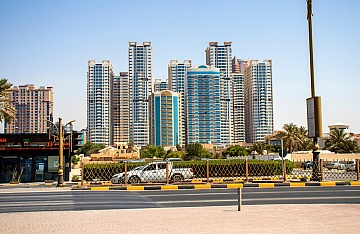
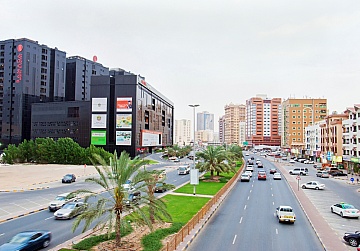
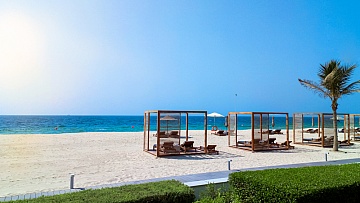





Comments (0)
Leave a comment